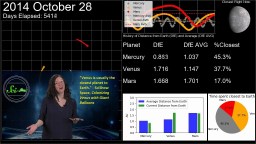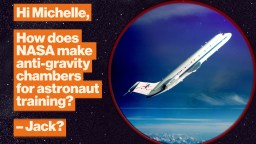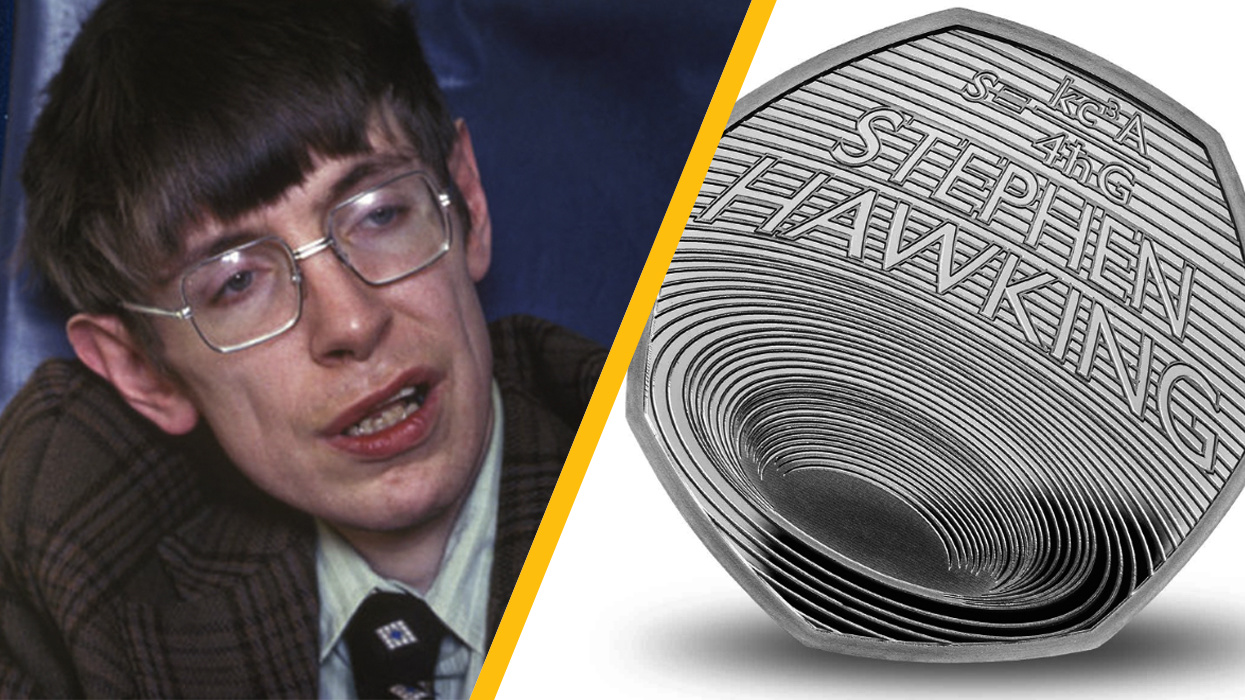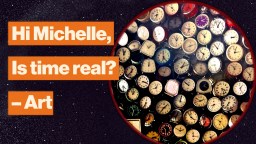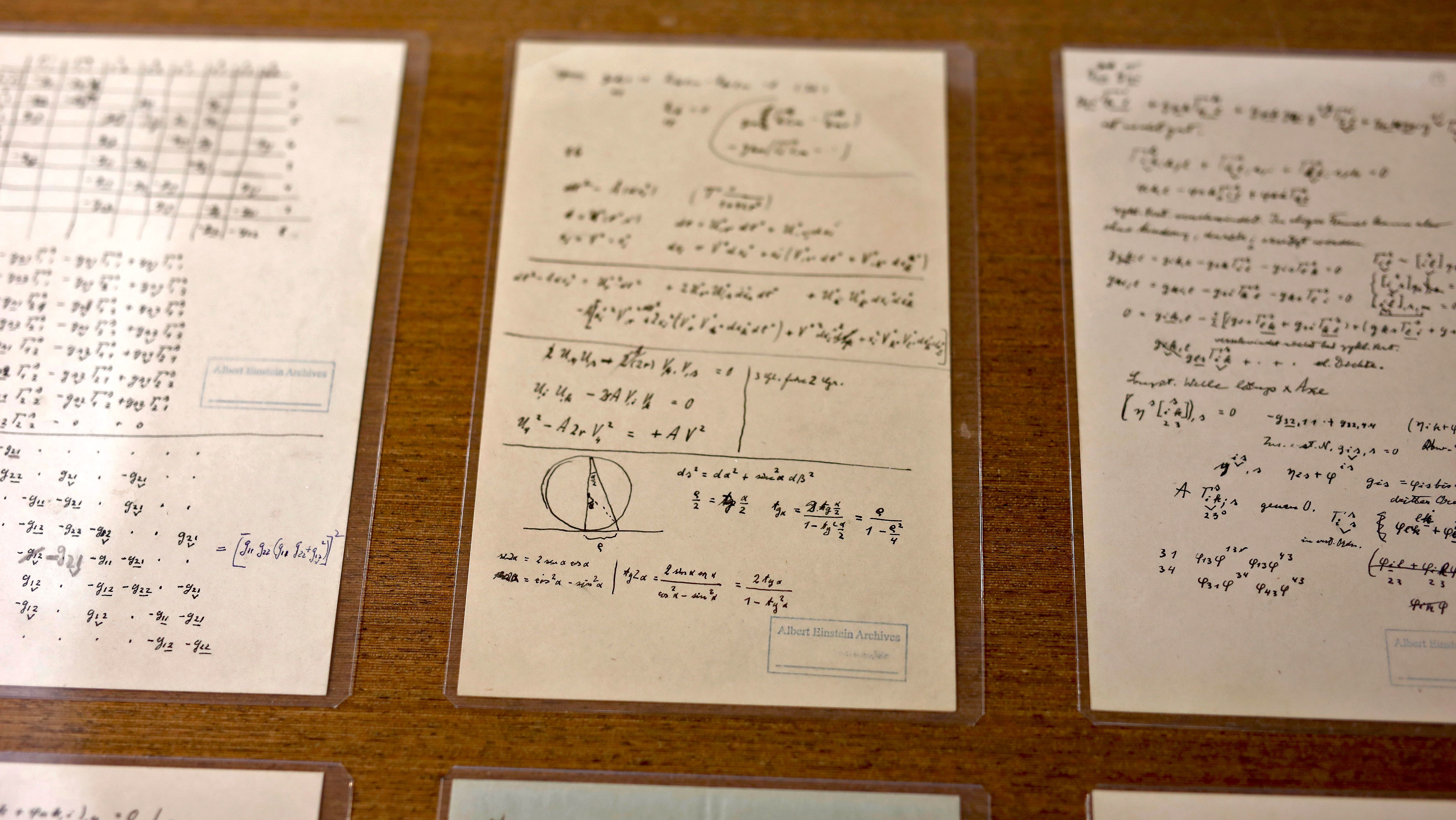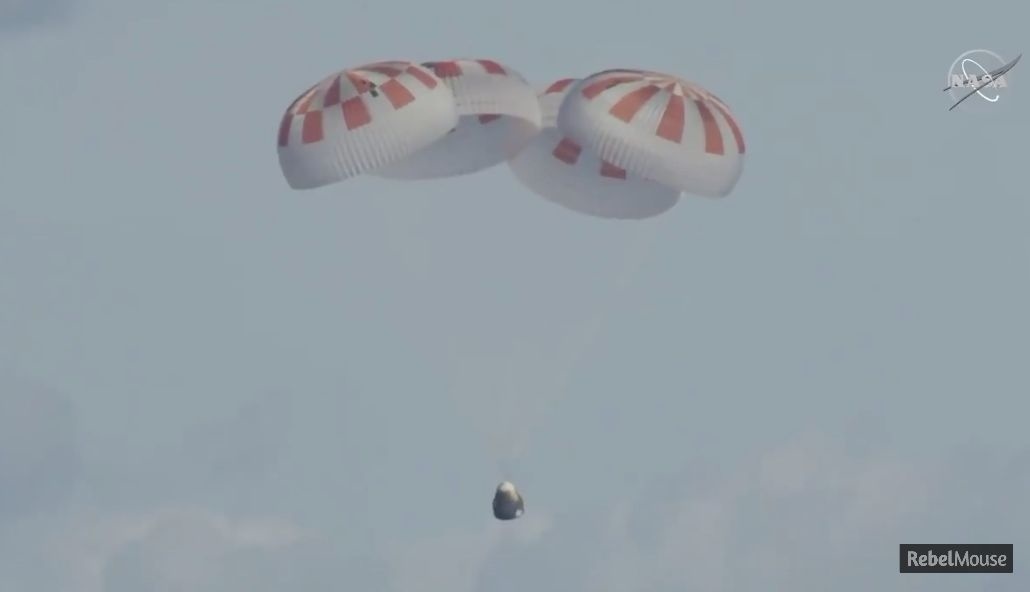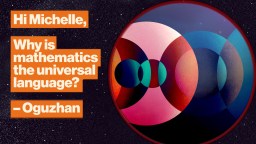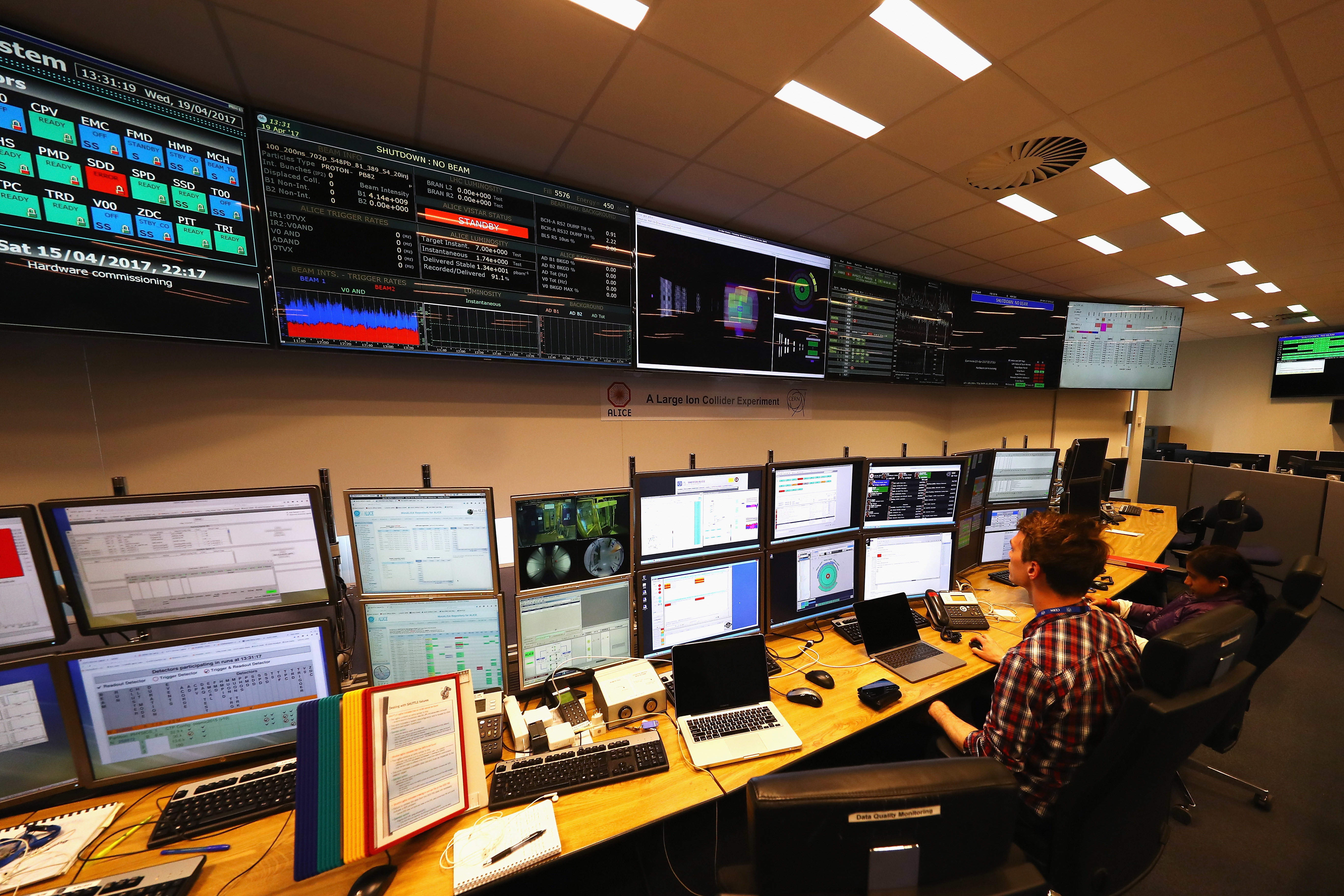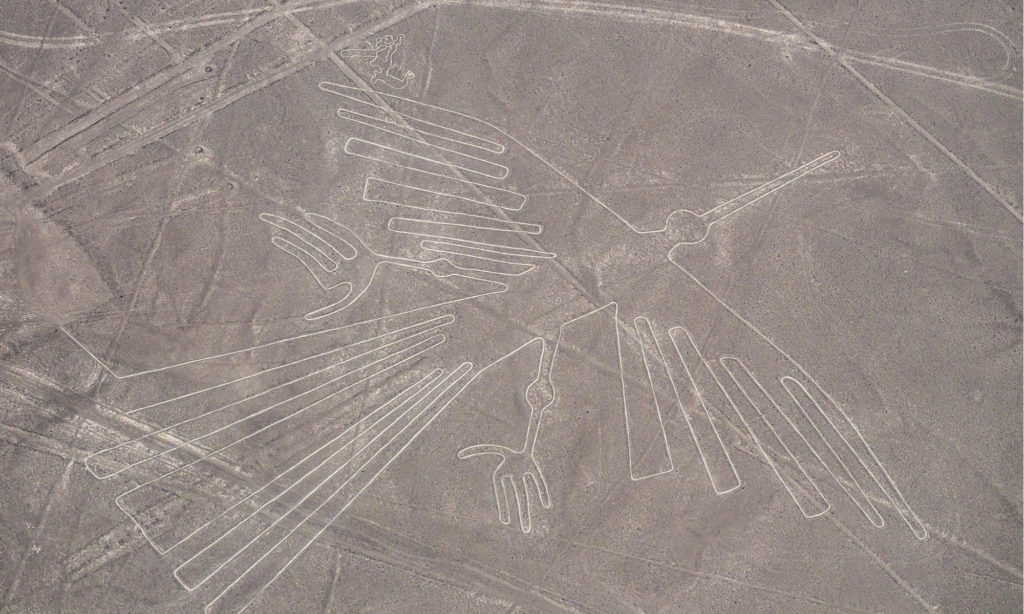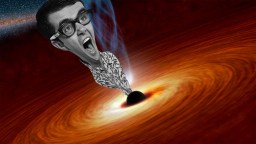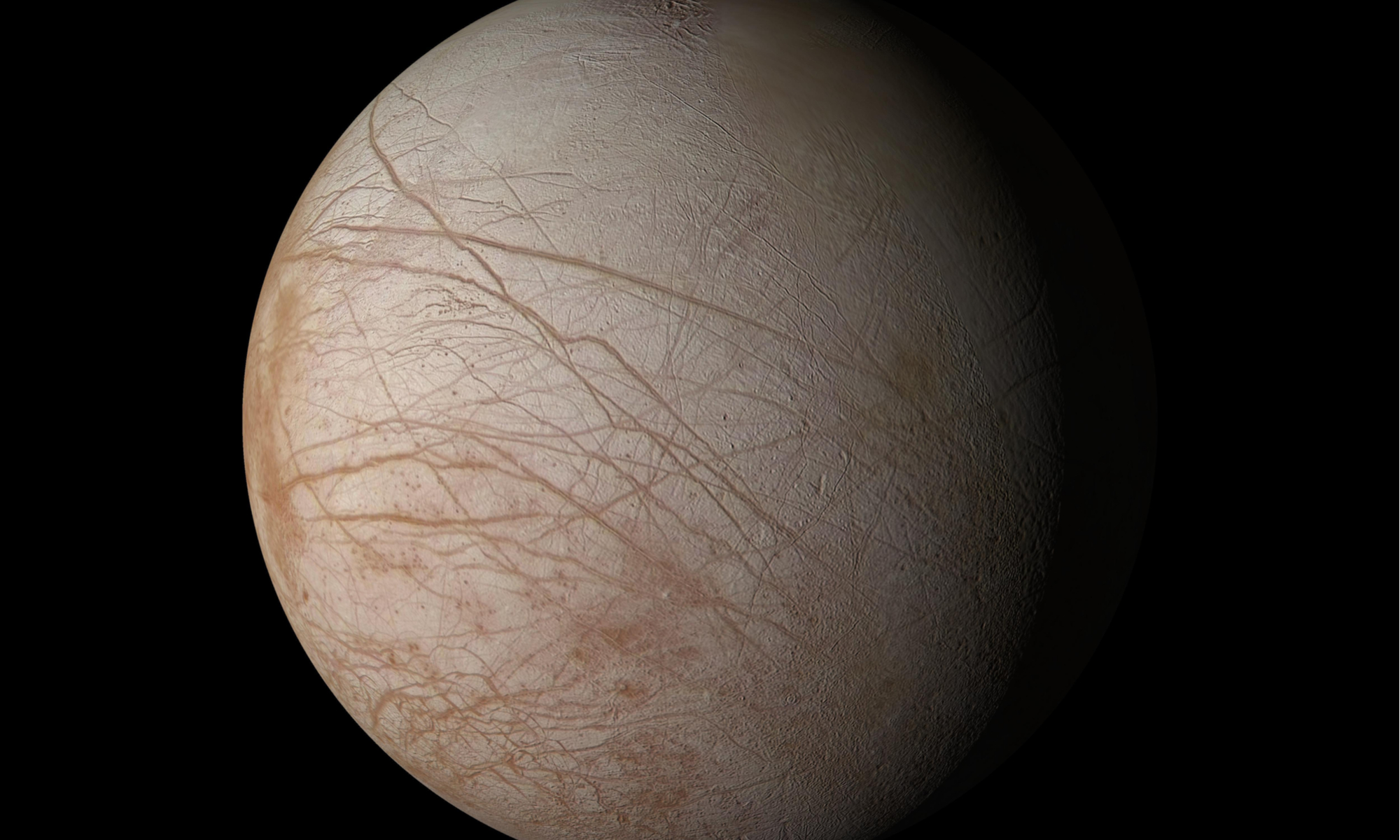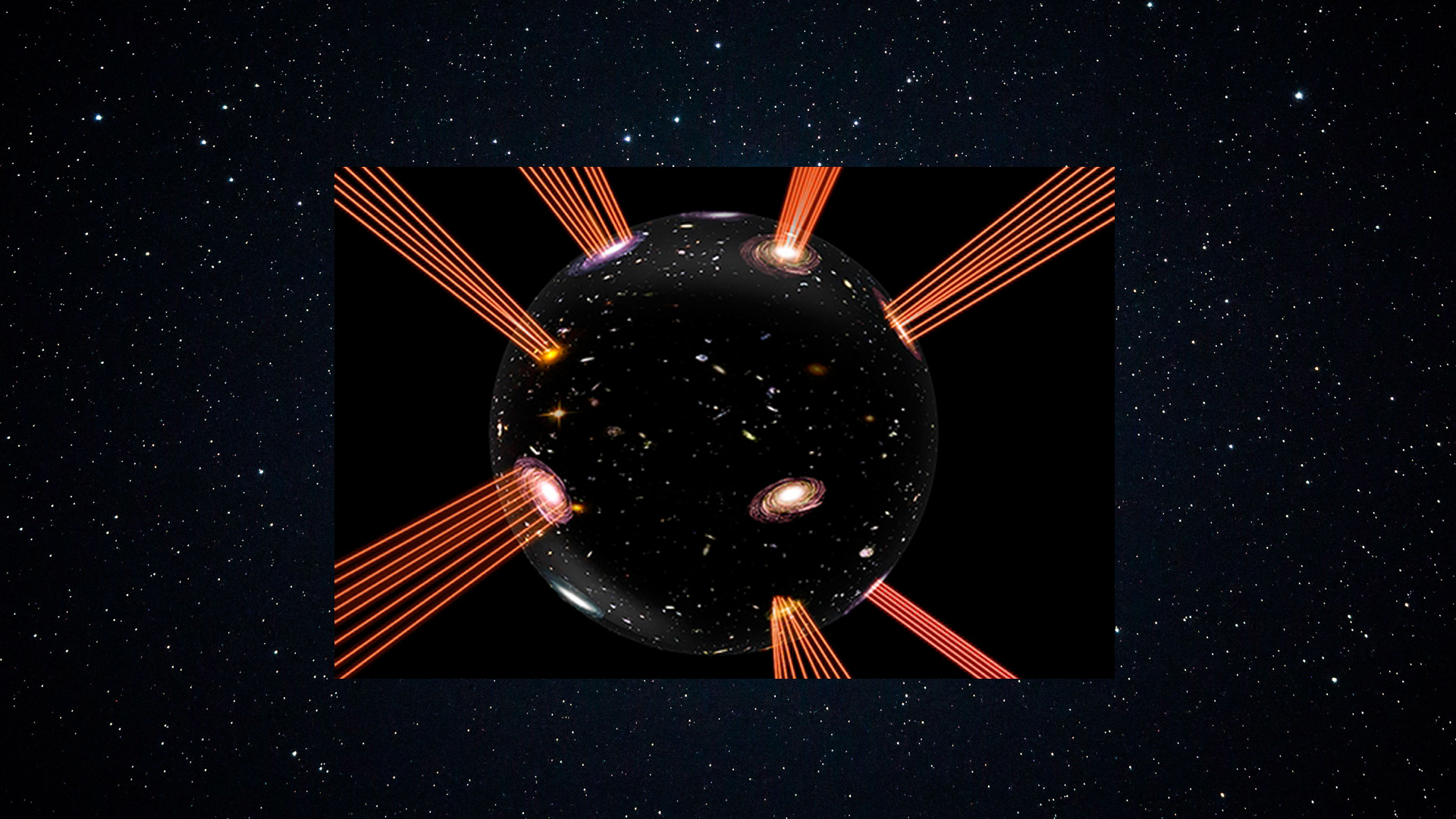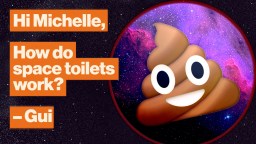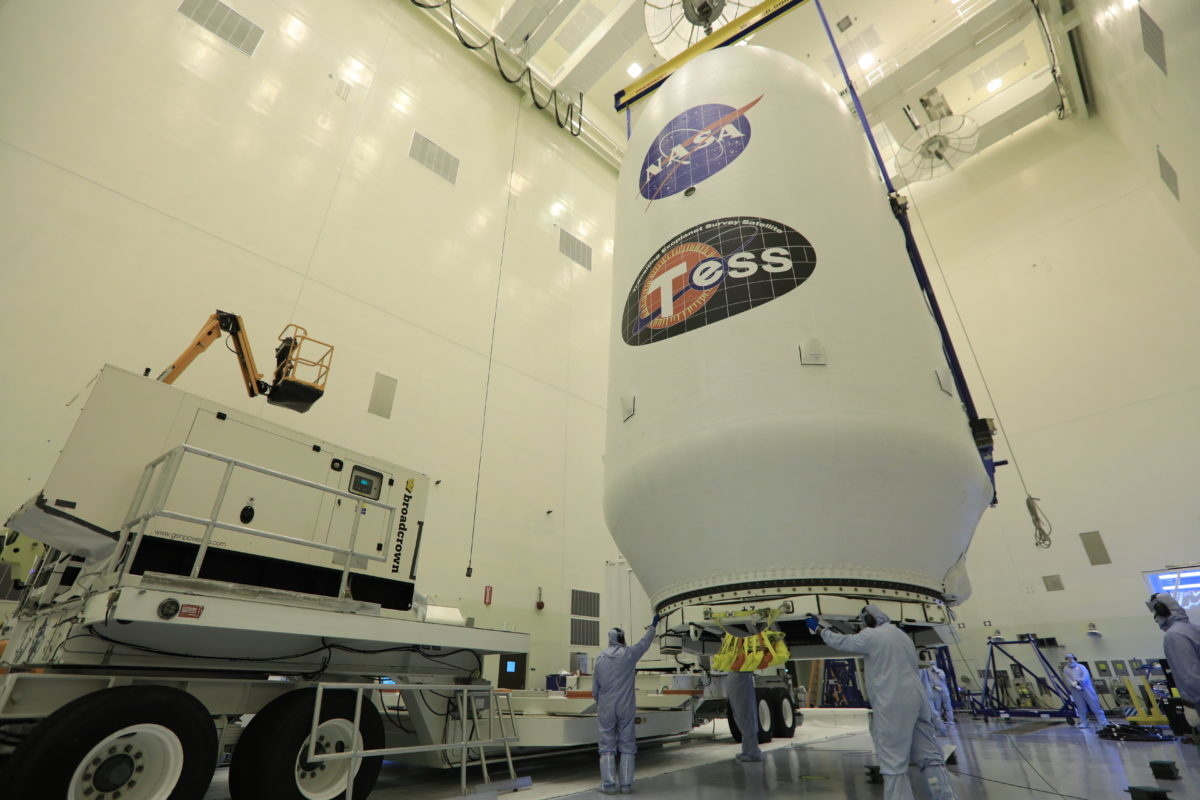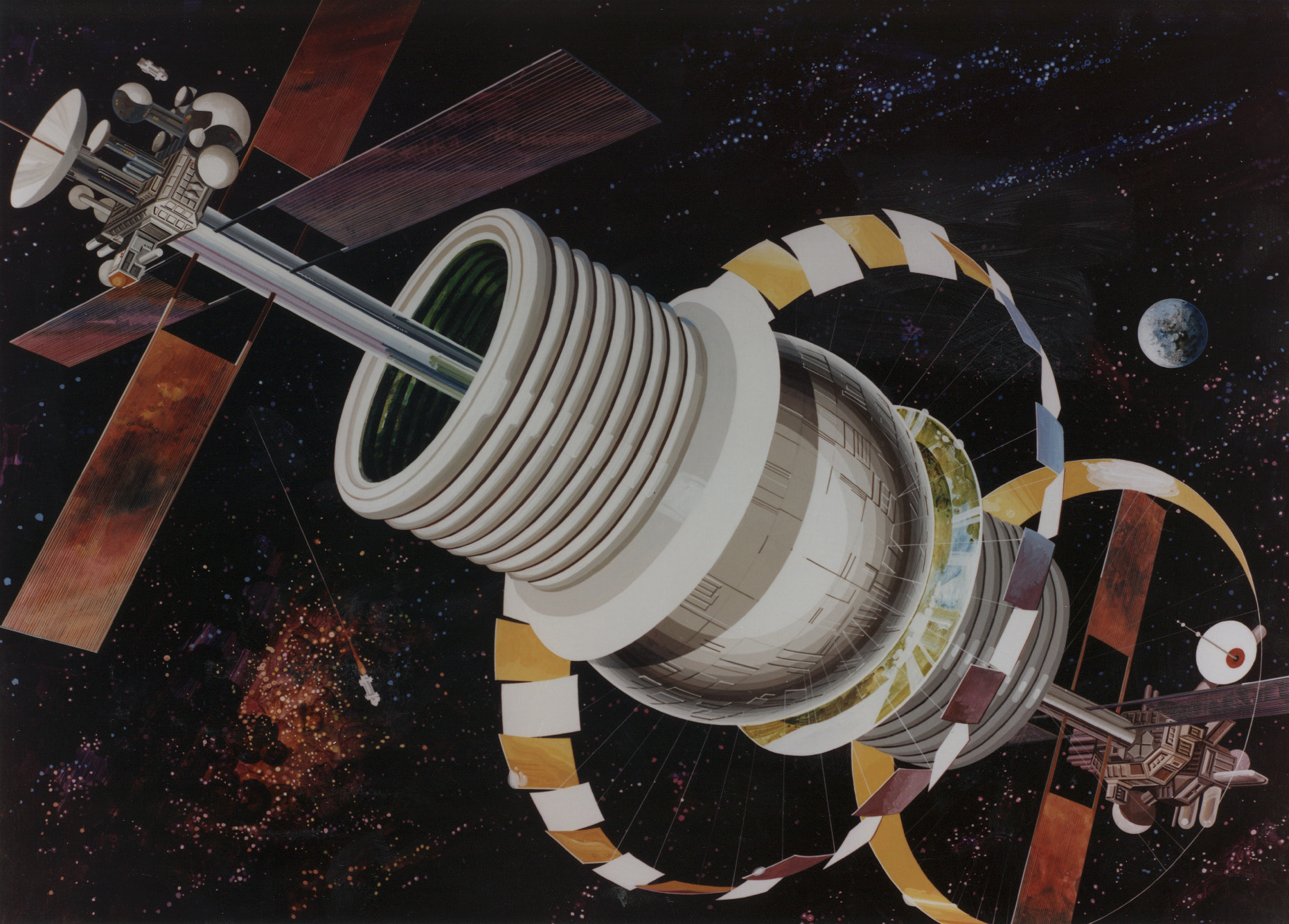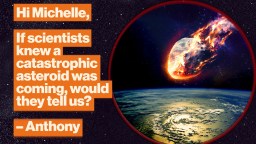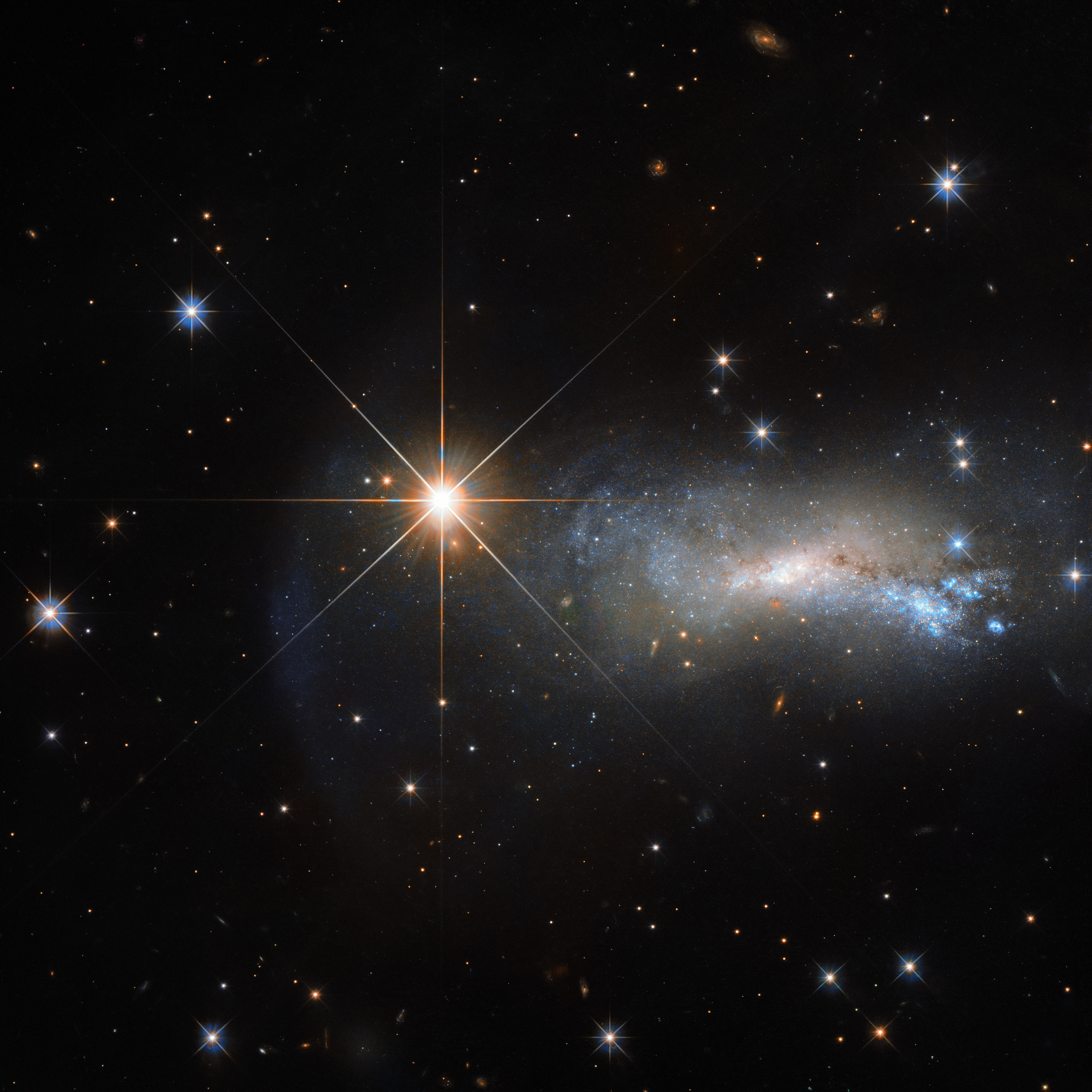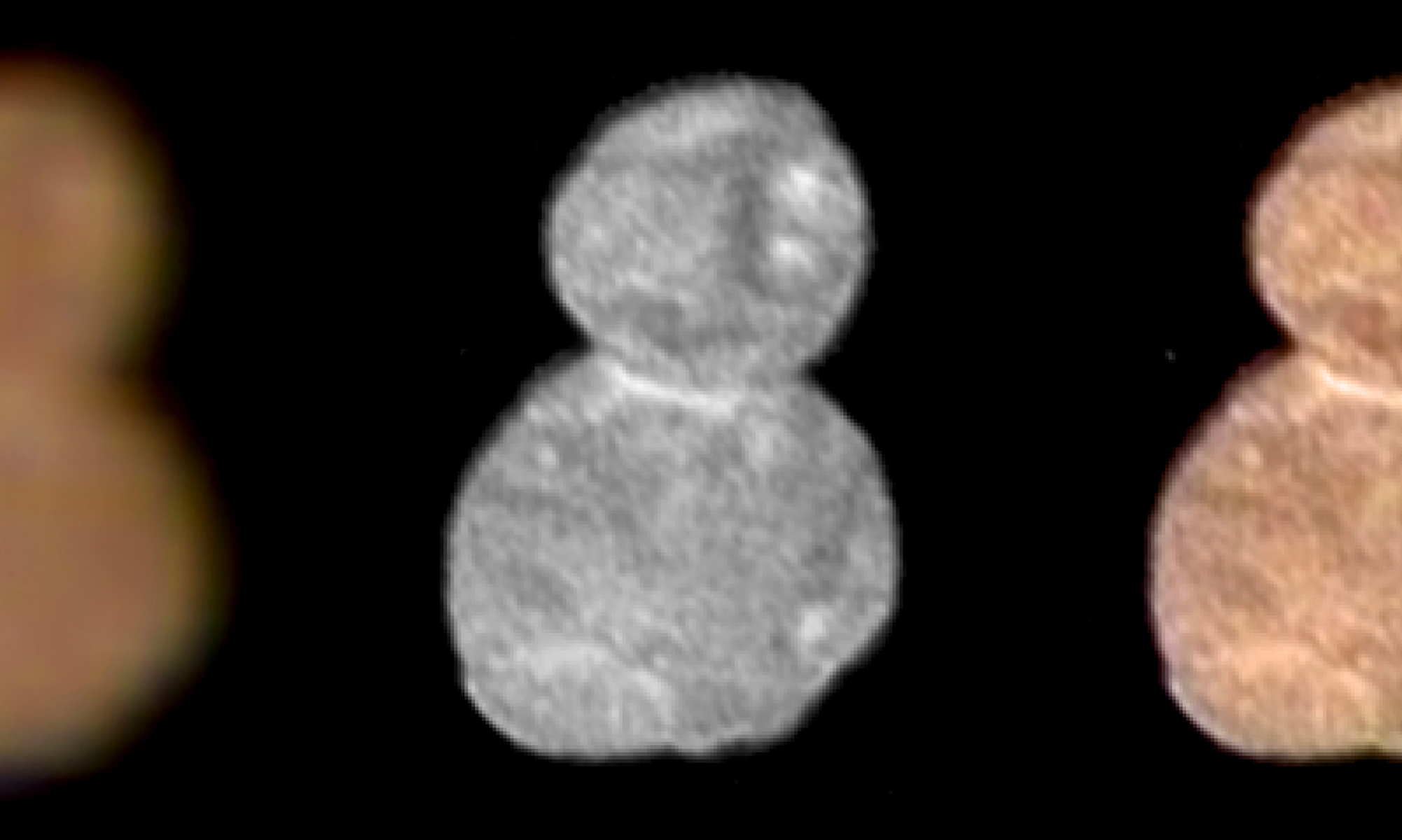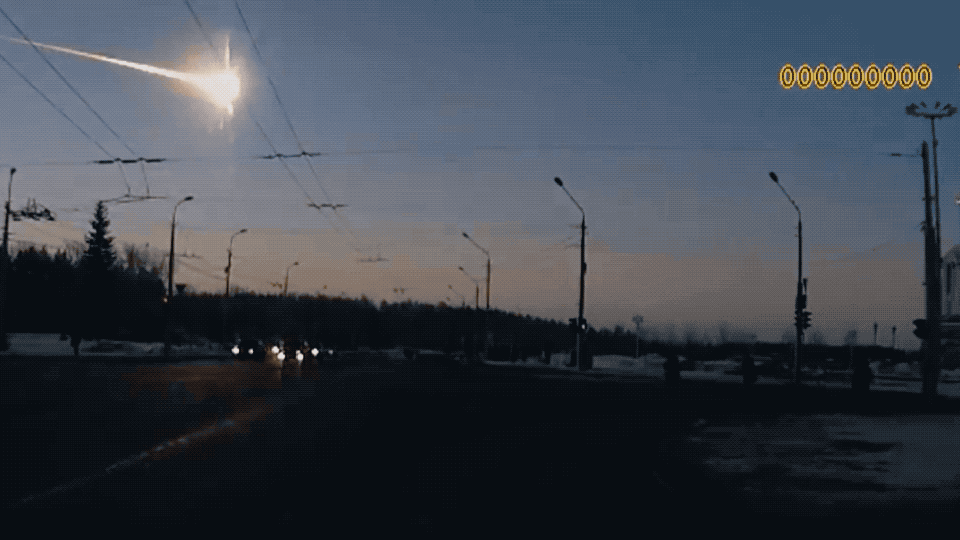space
A NASA-led study suggests the stress of spaceflight seems to trigger various types of herpes to reactivate in astronauts.
Three scientists publish a paper proving that Mercury, not Venus, is the closest planet to Earth.
▸
with
How can we use the resources that are already on the Moon to make human exploration of the satellite as economical as possible?
A lot goes into being weightless.
▸
4 min
—
with
The coin depicts a black hole and one of the late physicist’s most important formulas.
Over 100 new pages of Einstein’s writings, including long-lost calculations, have been made public.
After docking at the International Space Station, the unmanned capsule executed a fiery and carefully choreographed return to Earth.
Why is math the universal language? NASA’s Michelle Thaller solves that one.
▸
5 min
—
with
Scientists examined data from 20 years ago to reach a startling new conclusion.
Number of proton-neutron pairs determine how fast the particles move, results suggest.
Two space agencies plan missions to deflect an asteroid.
If the universe is expanding in all directions, why is Andromeda hurtling toward the Milky Way?
▸
4 min
—
with
About 3.8 billion years ago, the inner planets were bombarded with a cataclysm of asteroids. Could Planet V have been the cause?
A recent test shows SpaceX’s Raptor engine is powerful enough to lift Starship and Super Heavy into space.
Scientists are highly skeptical, but such “cosmic wanderlust” isn’t a bad thing.
Getting to close to a black hole is a nightmare waiting to happen.
▸
3 min
—
with
Feel like traveling to another dimension? Better choose your black hole wisely.
FOIA release sheds light on the DOD’s own struggle to understand UFOs.
The meaning—and range—of “habitable” goes much farther than we once thought.
Cosmologists propose a groundbreaking model of the universe using string theory.
A NASA astronomer explains how astronauts dispose of their, uh, dark matter.
▸
2 min
—
with
It has already found several bizarre planets outside of our solar system.
China’s Chang’e 4 biosphere experiment marks a first for humankind.
Proxima Centauri, our closest star, is more than 4 light years away. Reaching it under 10,000 years will be challenging; reaching it with living humans will be even harder.
If a doomsday asteroid is set to collide with Earth, you’re going to know about it – whether you want to or not.
▸
3 min
—
with
Between Carl Sagan’s laughter, the brainwaves of somebody in love, and a live theremin concert, humanity has sent a lot of data out into the stars.
From 4 billion miles away, it says a lot about the meaning of time.
That disastrous rock may now looks to have been a Beta Taurid passenger

